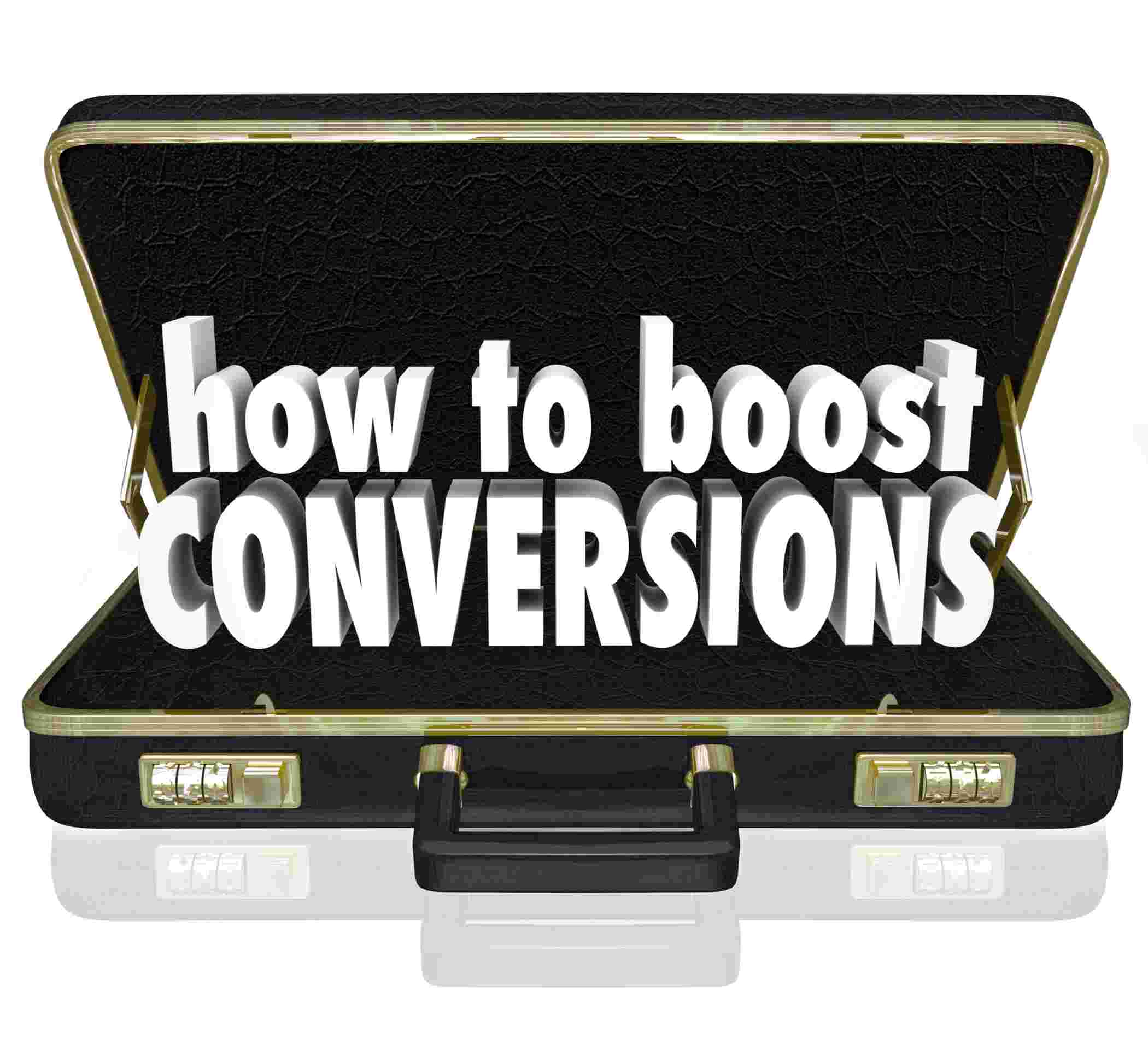Killer Marketing Strategy for any Fashion D2C Brands



Index
- Overview
- The beginning
- Build your Brand & Credibility
- Focus on Digital
- Data & AI
- Summary
Overview
In COVID-19 many verticals including the fashion industry suffered a lot due to the lockdown and slow sales. Also, there was a major consumer shift happening towards eco-friendly and sustainable products in the fashion industry, and this created big challenges for many D2C brands. Also Brands that evolved before and after COVID have failed to create momentum digitally due to poor marketing & sales strategies.
Compared to traditional retail chains, D2C brands have their own pros and cons:
| Advantage | Disadvantage |
| Better control over customer satisfaction to build customer loyalty | Complex Supply Chain |
| Provide Personalized Experience based on the trend | Increased Competition |
| Competitive Pricing | Lack of prioritization |
| Fast TAT | Complex Business Operations |
| High Margin | Difficult to reach a wide audience |
However, most of the time D2C brands fail to build their brand and credibility, rather than focusing on sales, operations, and supply chain.

D2C Brands - The beginning
For a company to create a successful brand, it must plan the entire strategy and effort more carefully, since every business model has different challenges and concerns.
Building Brand & Credibility requires three key pillars:
Personalized Experience - Interest
- Every consumer's mindset is to get a product that meets their requirements, and D2C brands should address these requirements and build a product that helps particular group of audience to win the market.
- Identify the right target audience by understanding the behavior and interest of users. To provide the best experience or to generate a interest among consumers, every brand should ask themselves - what they're selling, why they're selling, and to whom they're selling.
E.g - When the Souled store started selling t-shirts in 2014, there were plenty of competitors and offline retailers selling t-shirts. So what made them successful? They addressed the customer's pain points and developed theme-based merchandise to sell at a lower price. In those days, many fans didn't have much option to get theme-based t-shirts, and the cost was high, so the concept of affordable high-quality theme-based t-shirts was a unique USP at that time..
Superior Quality - Trustworthiness
A quality product or service is one of the most important components of a successful business, as it builds trustworthiness and improves repeat orders among buyers. Moreover, it builds customer loyalty in the long run. Optimizing price and quality together is the key to running a successful business.
On-time Delivery and Return Policy - Experience
Time is very important and crucial for any customer and providing a good delivery experience could be a challenging part for any small D2C brand. A recent study shows that over 82% of users are unlikely to repeat the transaction after a poor delivery experience. This shows that brands should satisfy customer expectations on time and make it more customer-centric. Brands should also enforce a better return policy in case of delays or wrong deliveries.
Build your Brand & Credibility
Building a brand is equally important to a sales pipeline, however many brands overlook it at the beginning or don't prioritize it, but this is also ignored due to a lack of expertise.

Why brand building is crucial for D2C Brands?
Brand building is a slow and study process that reflects the company's vision, mission, and goals for showing that the brand solves the customer's pain points, and has a motive, which leads to trust and credibility over time. In addition, branding is a human touchpoint that helps people recall and remember the brand quickly.
A powerful message and logo will help create brand identity, allowing consumers to recognize it later on, as well as helping them recall it easily..
Why do you think big brands like Johnson & Johnson, Dettol, and Maggie have spent their time and money to establish their brand, it's simply because it creates value and people are attached to it. In addition, big brands add their brand value to their balance sheet, which illustrates the importance of branding.
When Kraft sold to Cadbury for $19.5 Billion, what did they buy when they bought a brand name? The chocolate? The factories? No, they bought the brands.
As your brand grows, your revenue increases
As a result of brand building, businesses will get more repeat orders and users will be able to recognize the brand and purchase products more confidently from your business, which will keep your sales funnel full.
Most brands spend their marketing budgets to promote sales, but they do not plan the budget or prioritize creating value. Creating value won't happen overnight, you must understand your consumer and help them, teach them, and engage with them.
Can I generate leads without building a brand?
No, this is like riding a horse without an eye. It's very difficult to gain market share without branding, and this will also burn your cash more quickly, resulting in a low conversion rate for your marketing campaign. In the digital world, brands do focus more on leads to balance the pipeline, but well-planned branding will increase engagement, leading to higher conversion and retention.
It's important that a prospect should remember your product when there is a need, and that will happen when you have created them.
Focus on Digital Marketing
Everyone knows that mobile phones have changed the landscape of traditional marketing and post-COVID this number has shot up steeply and a digital is no more an option for any D2C brands. It is very important for brands to plan their digital marketing campaigns in order to build brand awareness and generate leads.
Planning your strategy
When it comes to marketing strategy, one must keep certain things in mind:
Defining your audience
Understanding your audience is very important as this will help you to define your audience in a much better way. In order to understand consumers, marketers can do research about them, such as identifying the right demographic, interest, pain points, what they do online, what they search online, etc. Also, running a survey through a third party or on social to get direct feedback from users can be helpful to iterate the plan more efficiently.
Identifying the right channel
Identify the channels that will work best for you based on audience engagement, then you can plan to prioritize the channel and create brand awareness and lead generation campaigns. Start with organic and build your social profiles, then run A/B tests to identify the best channel for conversions. In order to optimize your business funnel, you need to learn how your customer converts or what are the touch points and where they research before making any decision.
GTM & Marketing planning
Well planned GTM strategy will help you to test the market with better conversion or reaction during your launch to optimize your product. To launch your new product and market it digitally, you can ask your existing customers to try it or conduct an offline event or online webinar.
Budgeting
Budgeting is a must before starting any marketing as this will help you to keep the work focused and controlled. Most brands fail to budget at the beginning of the process, and as a result, you will end up paying more.
Omnichannel
Today, omnichannel experiences are one of the most trending strategies for D2C brands to provide seamless customer experiences. Be it online or offline a brand can build touchpoints to improve the top of the funnel from across different channels. Consumers sometimes prefer to experience and try a product offline in order to create more interest and greater engagement.
Five Kick-ass Direct-to-Consumer Marketing Strategies
Retailers and eCommerce brands are already dominating the digital world. When you are planning a D2C strategy it's very important to choose the right channel to build awareness and leads via website & App. Some of the best strategies to invest in are:
Social media marketing
Social media is a way to promote and create awareness quickly. It is also faster to get customer feedback or surveys through this channel than through other channels. Let's see how the top 5 D2C brands are getting their engagement on social media.
Based on the analysis, we can see most of the brands are using Facebook & YouTube to drive larger engagement. 50% of the engagement is coming from Youtube and Facebook, which means most of the TG are highly engaging on these social media channels.
Performance Marketing
One of the popular ways to drive leads and engagement is paid campaign like running advertisements via google, social media, or 3rd party platforms. We can run two types of advertisements one is a display campaign and the other is text-based ad campaigns like google search.
The data shows that souled store traffic share from search campaigns is around 27% while bewakoof share is around 15%, which is mostly from search and these 2 brands are driving more engagement to build their funnel.
A popular ad network, the Google display network is used by many brands globally. The top 5 D2C brands spend around 70% of their advertising budgets on Google network sites like YouTube, Gmail, Affiliate Network, and other Google sites and around 25% of their paid campaign budgets are spent on these ad networks. Moreover, Admitad is one of the top marketing platforms with 0.1 Million publishers from different verticals; this network helps you to boost your revenue, sales, and engagement.
Influencer Marketing
Influencer marketing is on the trend and eCommerce brands are investing heavily to promote their product and create awareness among target consumers. Although it can be a little costly to onboard macro and mega influencers from the industry, there are many micro-influencers who can build your funnel over time, and it is an extremely effective marketing strategy for any D2C brand. You can engage via video reels on Instagram and Tiktok, which are popular social media platforms.
Globally, influencer marketing has been on the rise with a growth rate of 30-40%, and it has become an effective tool in attracting potential audiences. Collaboration with influencers helps brands create brand awareness.
Email Marketing
In the world of D2C and eCommerce brands, email marketing campaign strategies have taken on a whole new level of approach. A recent study suggests that this is 45 times more effective than other marketing strategies to acquire a customer, and it is one of the inexpensive ways to convert a lead. Around 30% of American audiences are subscribing to email newsletters to receive updates from brands.
D2C brands should plan email campaigns in different ways:
- Interesting facts about your product
- Regular updates on offers for every occasion.
- User updates on new tech/product features
- Company success and updates
Be sure not to spam users' inboxes, and follow hygiene factors to improve the inbox delivery rate by controlling and planning email frequency according to your business goals.
Data & KPI
Collecting & analyzing the data is important for any marketer to understand and optimize the cost of the campaign and this will help to make better business decisions. Using the right tools and CRM is important to track the data.
The market has a variety of tools for tracking different levels of data, such as Google Analytics, Mixpanel, etc. These tools will help to build the user funnel & journey to understand the behavior and gaps.
Different levels of Data Analysis:
Behavioral Analytics
Start with competitor analysis to understand your target segment like identifying geolocation, devices, technology, social channels, etc to build your strategy. This will give you some insight into how your audience spends their time on digital platforms on a day-to-day basis. One can use various tools like similar web, semrush, etc to study the users. To understand the mood of the market, follow Google Trends or Glimpse. It helps to get the latest update on the web to stay on top of the competitors.
Audience Engagement
Check how your audience is engaging on your platform, such as which channels are contributing good views, time spent on a page, bounce rate, and impressions, so you can identify the right content to optimize your content strategy.
User segmentation & Journey mapping
A user segmentation process identifies audience groups with similar characteristics and groups them according to their characteristics in order to tailor communication and campaigns. Conversion and engagement should be improved as well as identifying low-hanging fruit and planning wisely by creating a funnel of the journey.
Omnichannel Engagement
Track your omnichannel experience and data to understand your customer behavior to improve your brand sales. Additionally, this could help identify channel gaps.
Built for Speed, Security, and Scale
Make sure your website provides better UX for your users. Track your website speed on regular basis on both mobile and desktop to see for improvement and to avoid any downtime. It is important to offer your customers the highest level of security and promise by adding the security badge, as this will create a sense of trust and sales.
Revenue and CPA cost
Measuring the marketing revenue is very critical for any business, when it comes to ROI, brands should consider the impact of long and short term to see the actual curve.
Lifecycle Optimization
To track your customer retention rate, the lifetime value of a customer is a very important parameter, as it indicates how strongly you have built a relationship with them and this will not only improve your margin but also make you less dependent on marketing budgets.
Churn Ratio
D2C brands always invest high in digital marketing to build a new user base however reducing your churn rate is equally important to bring down the overall marketing cost. High churn ratios also mean you are losing business as well as brand value. Having a strong funnel and product experience can help you reduce churn and improve repeat business.
Brand Value
Market sentiment, expenses, and income are all factors that can be considered while evaluating a brand. This can be a little tricky to calculate, however, depending on your brand identity and the different measurements. You can value your business logically over a period of time to determine its value.
CPA
Calculating Cost per acquisition will help you to optimize your campaign and build a healthy funnel to reduce your marketing cost.
Summary
The overall brand marketing strategy for a D2C company should be aligned with your business goals, and you should plan the entire roadmap to run a successful business. Additionally, retail has better control over the supply chain because there are many middlemen, but direct-to-consumer brands working directly with manufacturers will be challenging and will create friction for scaling.
So we have built Fashinza to provide a one-stop solution for fashion D2C brands from design to delivery. Our tech-enabled manufacturing platform can provide you with complete transparency & visibility on the product and manage the supply chain at your fingertip.
Also we provide intelligent analytic trends that help brands to select designs for upcoming seasons based on the latest trends with low MOQ. So, brands can focus more on marketing and manage less on supply chains to grow faster.



















